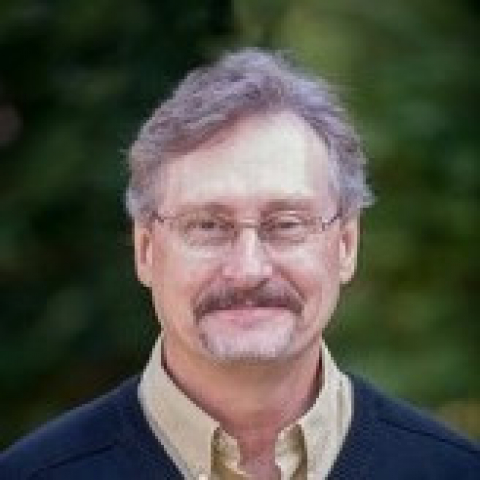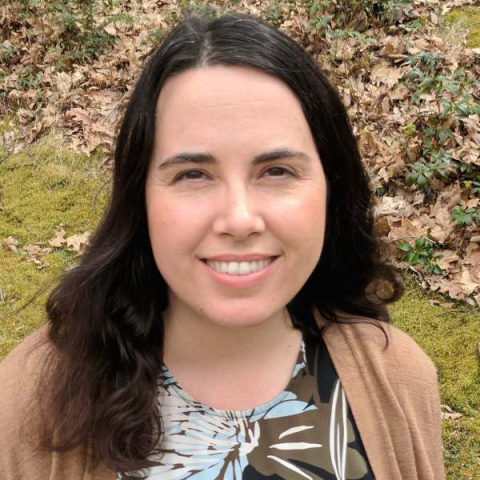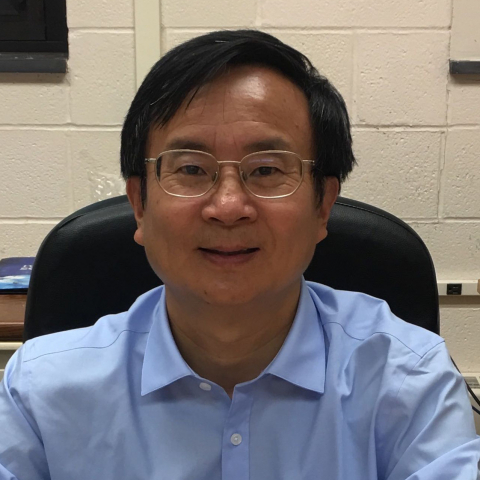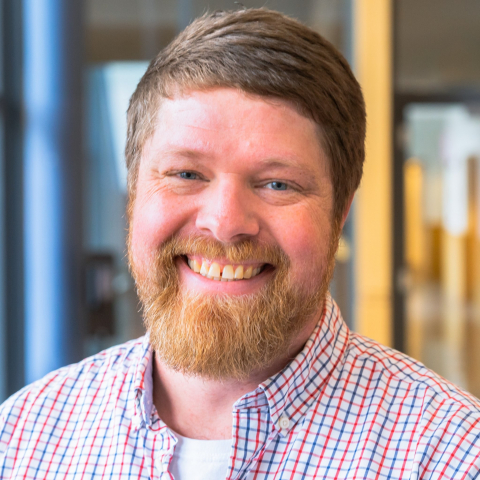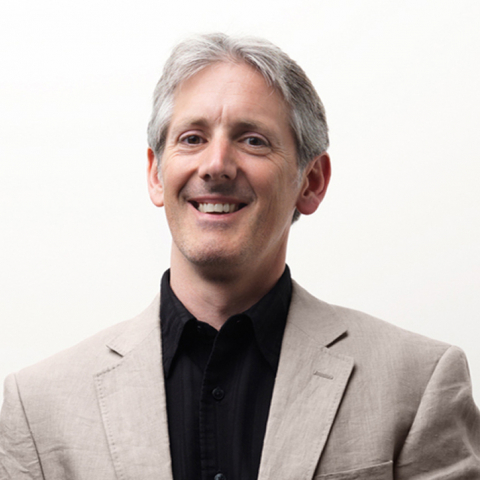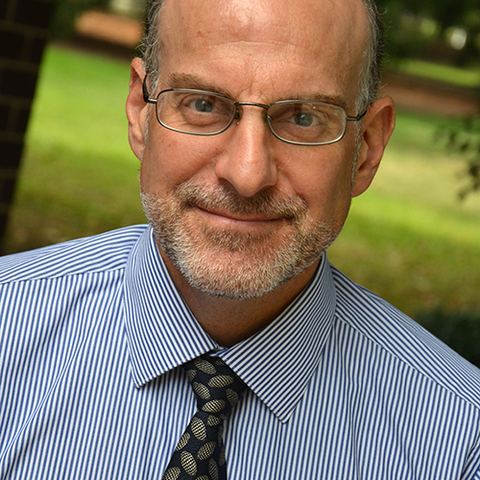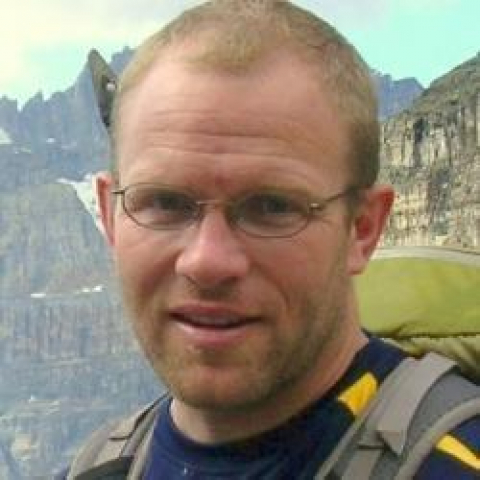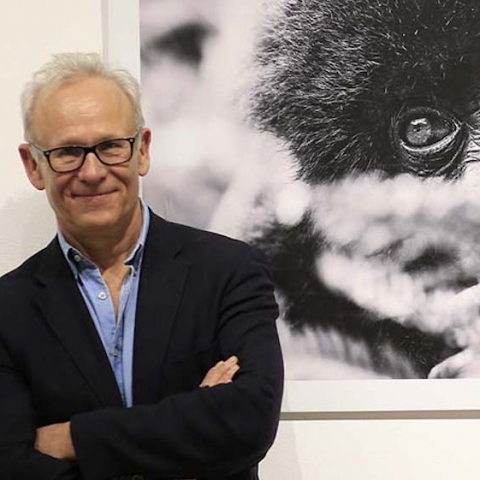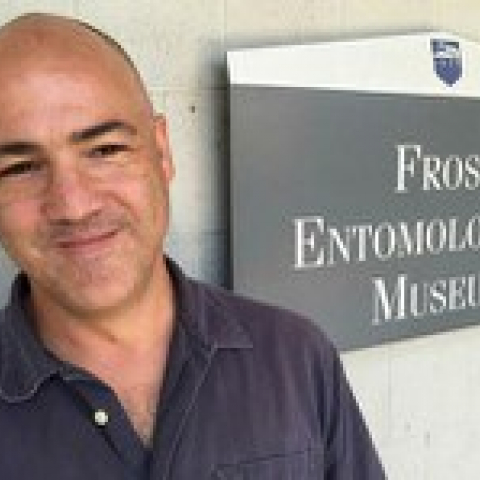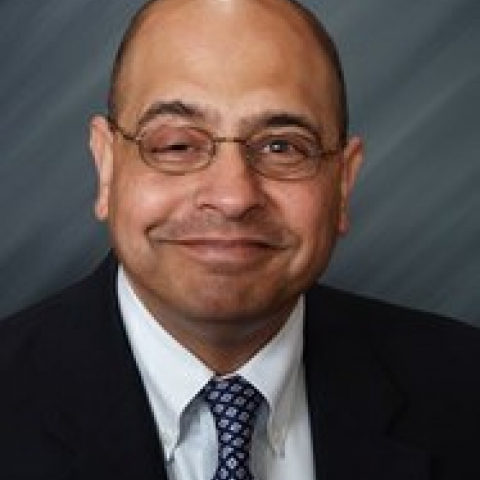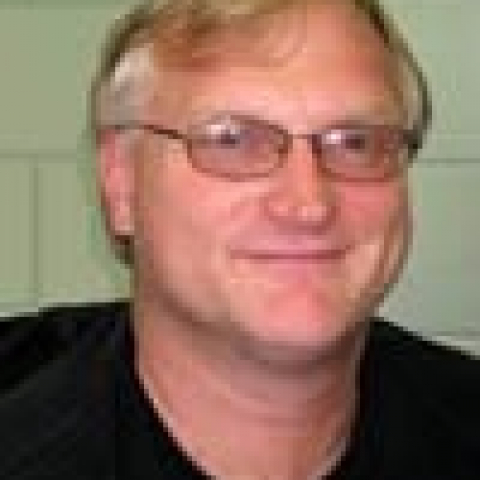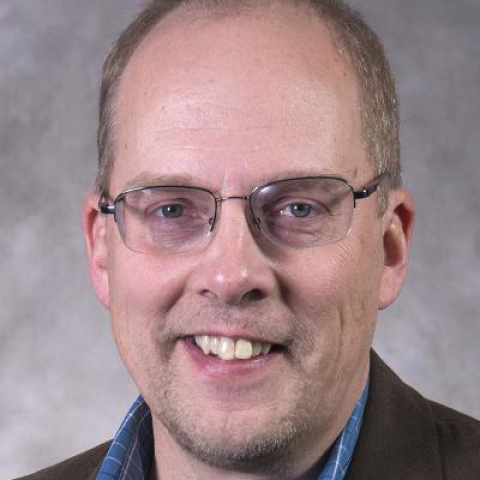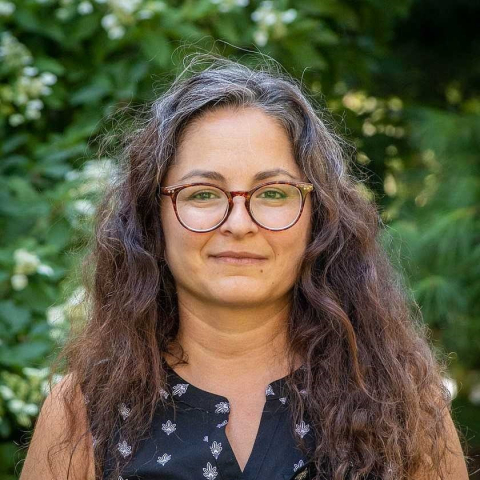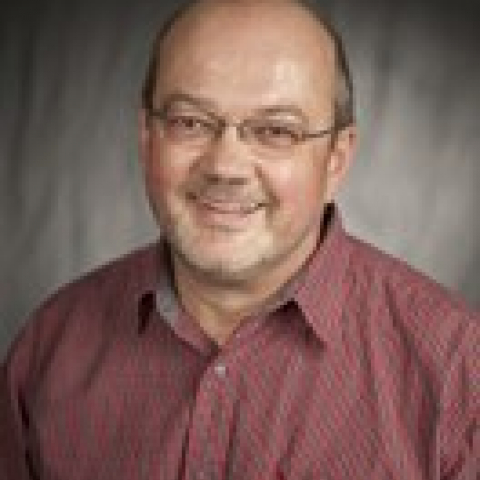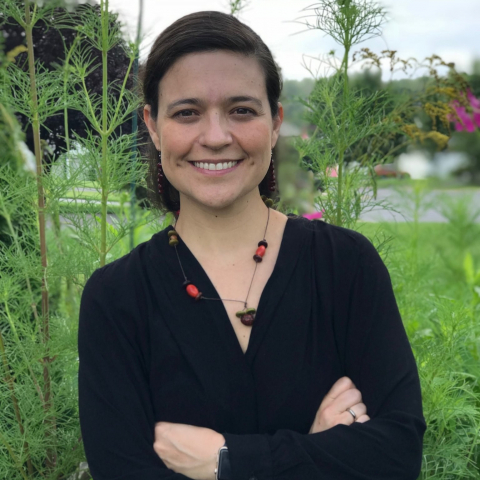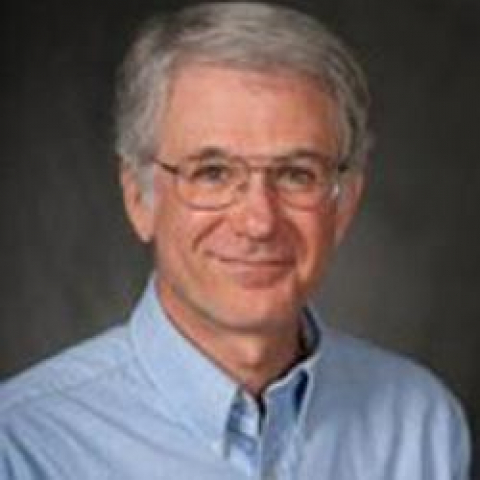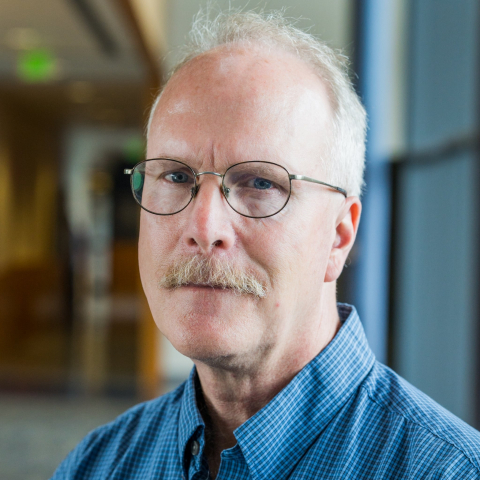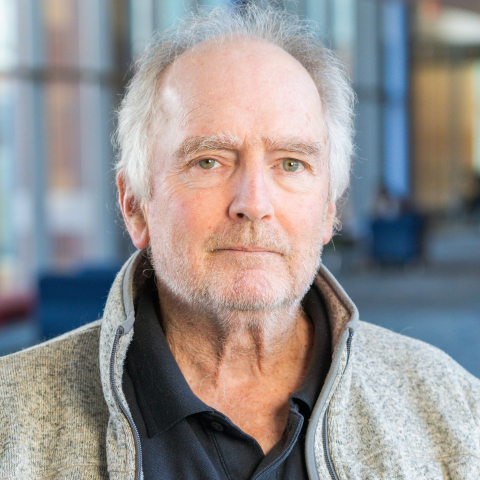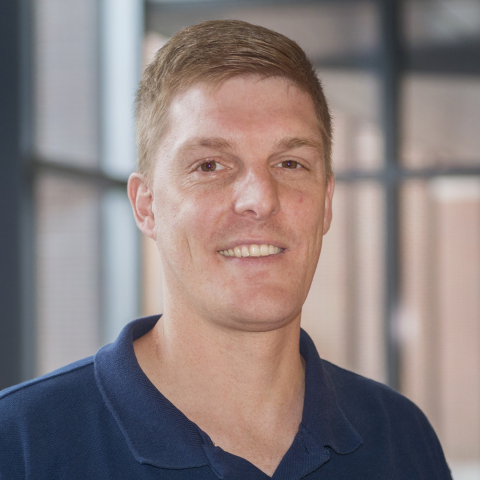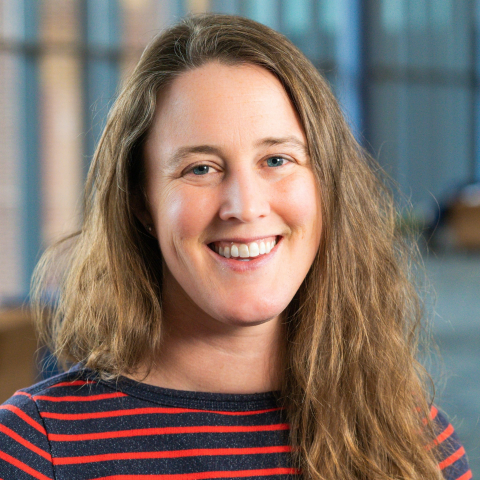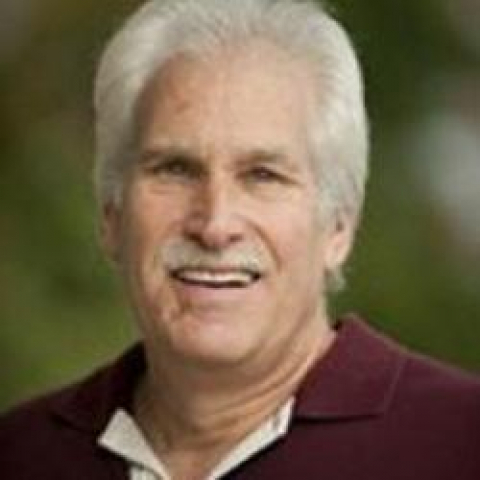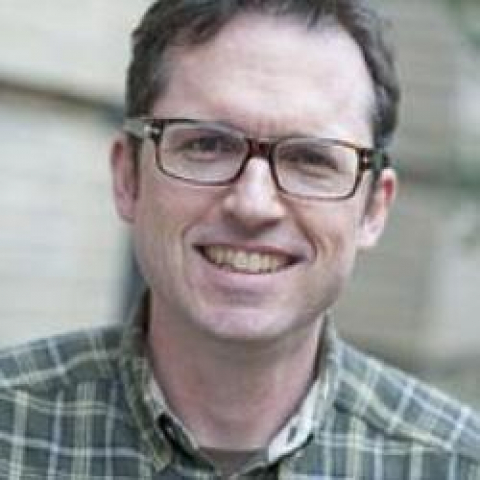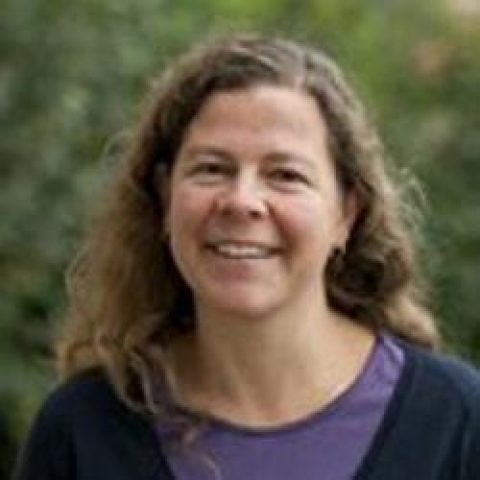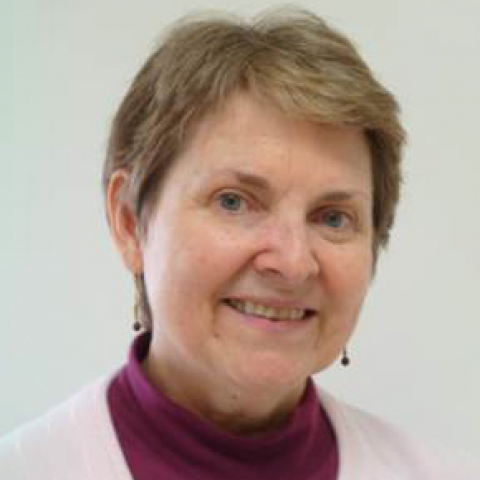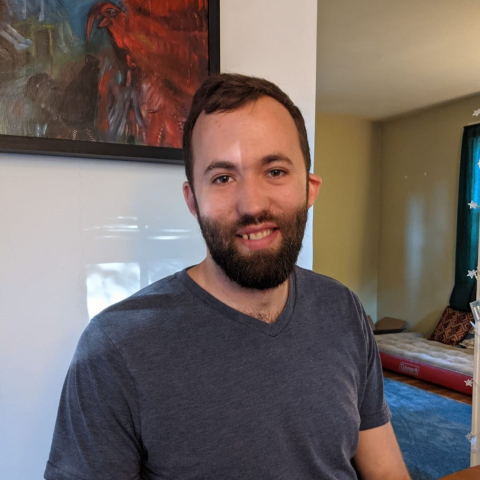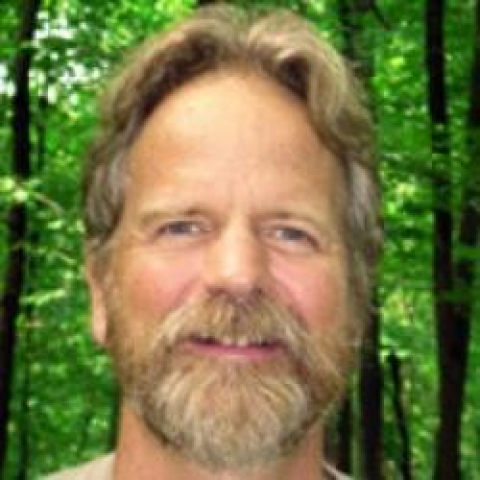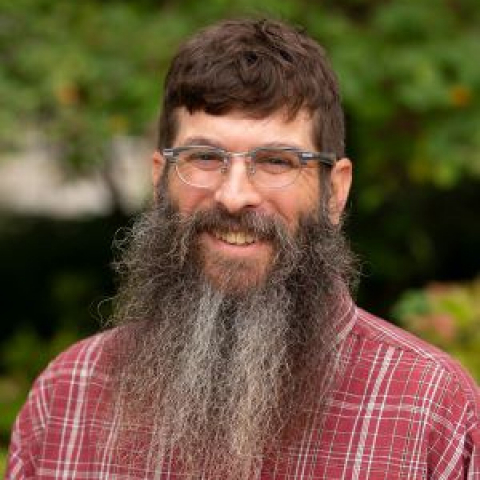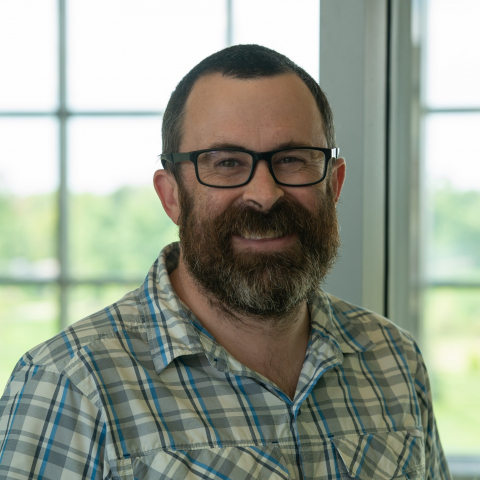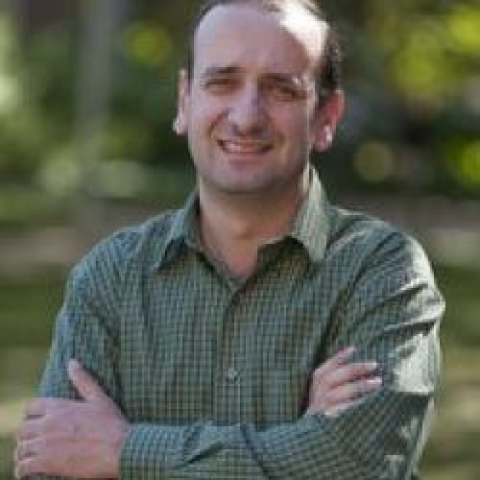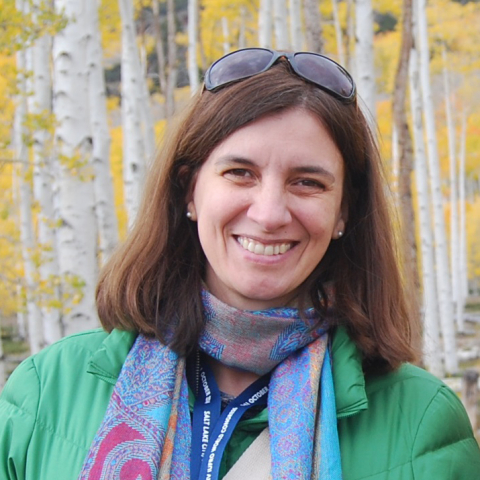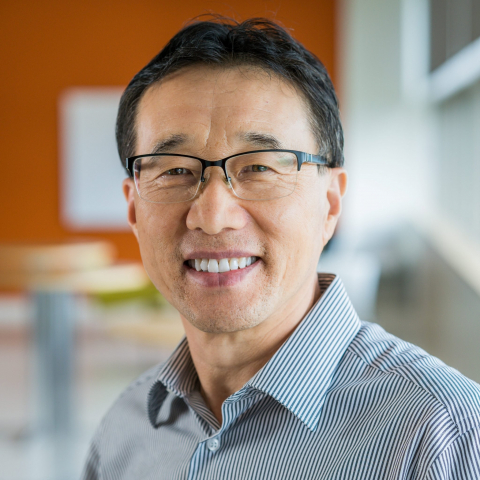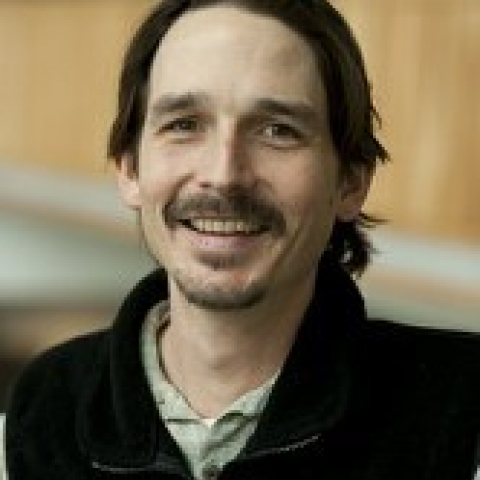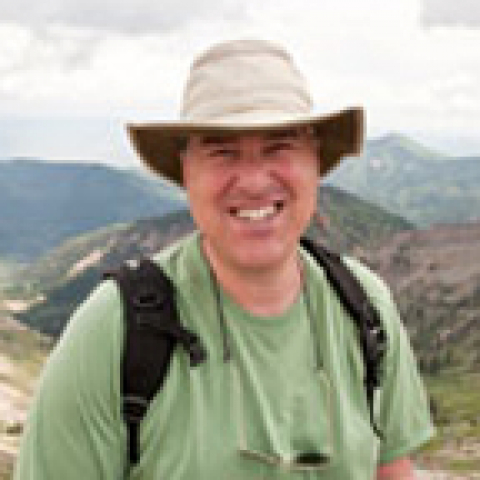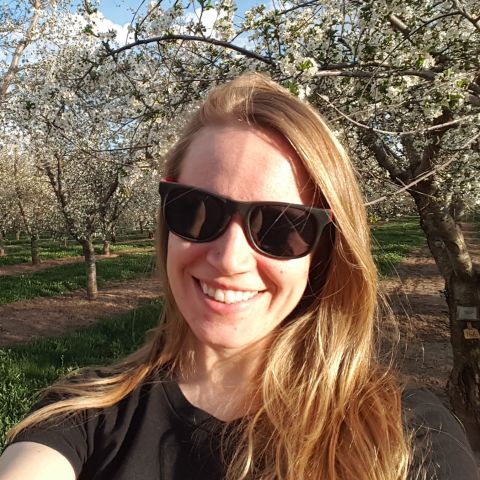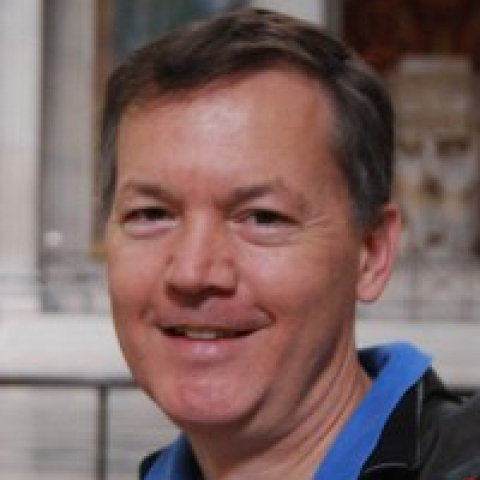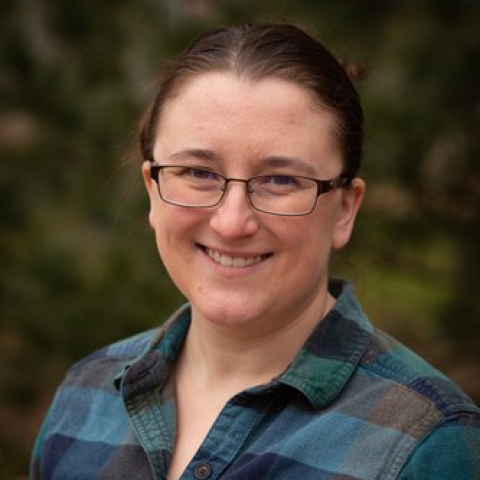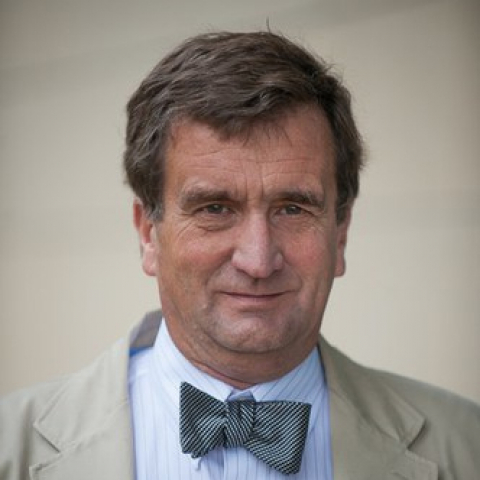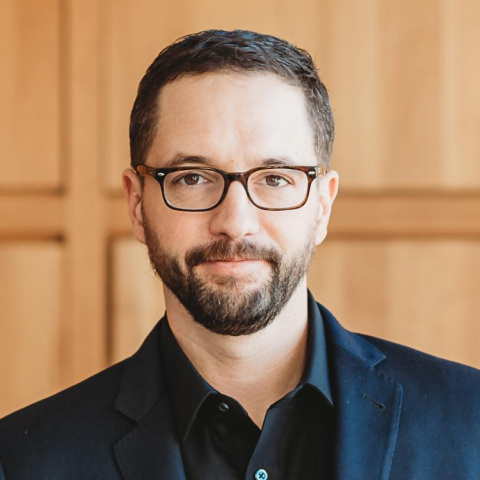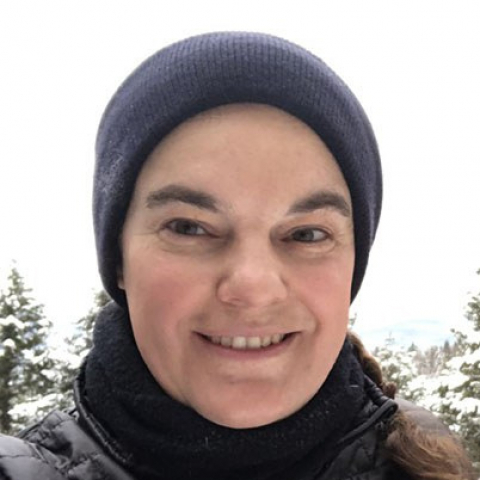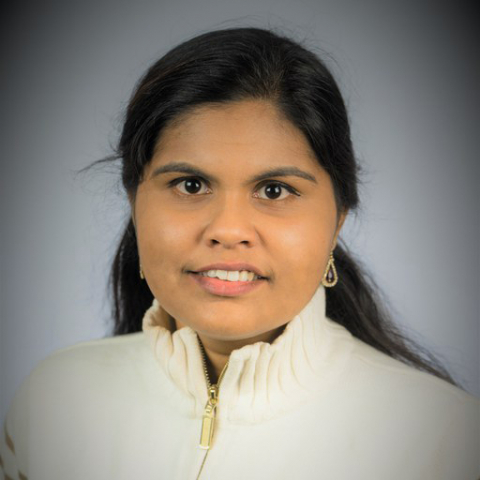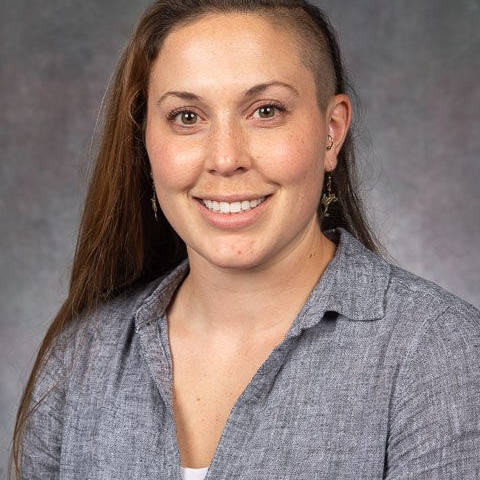56 People Results for the Tag: North America
John Carlson
Professor of Molecular Genetics; Director, Schatz Center for Tree Molecular Genetics
Genome mapping, including genetic linkage mapping, molecular cytogenetics; studies of genetic diversity in forests.
Heather Hines
Associate Professor of Biology and Entomology
Applies genomic, transcriptomic, phylogenomic, and bioinformatic approaches to study the evolution and genetics of diverse traits in bees and wasps. This includes study of mimetic color diversification, plant gall induction, novel morphologies, speciation, and social evolution.
Hong Ma
Huck Chair in Plant Reproductive Development and Evolution; Professor of Biology
Plant development under favorable and stressful conditions; phylogeny and evolutionary biology of plant groups containing major crops and ecologically important species.
Edward Dudley
Professor of Food Science; Director of E. coli Reference Center
Mechanisms driving toxin production in Shiga-toxigenic Escherichia coli; use of genome sequencing to track pathogen transmission during foodborne outbreaks
Center for Infectious Disease Dynamics
Edward Levri
Associate Professor of Biology
Research interests lie in the evolutionary ecology of parasitism and disease, invasion ecology, and predator-prey interactions.
Center for Infectious Disease Dynamics
Ephraim M. Hanks
Associate Professor of Statistics
Spatio-Temporal Statistics. Bayesian Hierarchical Modeling. Optimal Sampling. Animal Movement. Landscape Genetics.
Center for Infectious Disease Dynamics
Peter Hudson
Former Director, Huck Institutes of the Life Sciences; Willaman Professor of Biology
Population dynamics of infectious diseases in wildlife and the dynamics of parasite community structure.
Center for Infectious Disease Dynamics
Andrew Deans
Professor of Entomology, Director of the Frost Entomological Museum
Etya Amsalem
Associate Professor of Entomology
The evolutionary development and the mechanistic basis of social behavior in insects using an integrative approach encompassing chemical, genetic and physiological tools
Jared Ali
Associate Chair, Intercollege Graduate Degree Program in Ecology; Director of the Center for Chemical Ecology; Associate Professor of Entomology
Behavior and chemical ecology of multi-trophic interactions, including plant responses to below-ground herbivory and nematode. Insect community ecology, chemical ecology, and coevolution. Trophic cascades, above- and below-ground interactions, chemotaxis of soil nematodes, and evolution of plant defense strategies.
Margarita Lopez-Uribe
Associate Professor of Entomology
How environmental change and human management shape bee health and long-term persistence of their populations in agricultural areas.
Center for Infectious Disease Dynamics
Rudolf Schilder
Associate Professor of Entomology and Biology
Comparative & ecological physiology of insect and mammalian locomotion.
Stephen Schaeffer
Professor of Biology
Population Genetics and Genomics of Chromosomal Rearrangements in Drosophila
Kurt Vandegrift
Associate Professor
Disease ecology with an emphasis on the population dynamics of zoonotic parasites and reservoir hosts.
Center for Infectious Disease Dynamics
Marc Abrams
Professor of Forest Ecology and Physiology
Community, historical and physiological ecology of tree species; global change biology.
David Geiser
Professor of Mycology
Molecular evolutionary genetics of pathogenic and toxigenic fungi.
Margot Kaye
Professor of Forest Ecology
Vegetation dynamics; global change ecology; interactions among vegetation, climate and human land use; dendrochronology; disturbance history; environmental change.
Mary Ann Bruns
Professor of Soil Microbiology and Biogeochemistry; Faculty-in-Charge of Microbiome Sciences Dual-Title Degree Program
Compositions and functions of microbiomes in agriculture, ecological restoration, and engineered systems for ecosystem service provision and climate change adaptation
Kyle Smith
Anthropology Graduate Student
How the social relationship between dogs and humans impacts dogs biologically.
Joshua Lambert
Professor of Food Science
Dietary polyphenols in prevention of obesity and fatty liver disease; efficacy and mechanisms of action of food-derived phytochemicals in prevention of lung cancer; biotransformation, bioavailability and potential hepatotoxicity of dietary phytochemicals
Impact of food and medicinal plants and phytochemicals on human health. Role of plant genetics, environmental factors, agronomic practices, and post-harvest processing in moderating the relationship between medicinal and food plants and human health
David Miller
Professor of Wildlife Population Ecology
Population ecology, quantitative ecology, avian and amphibian ecology, conservation decision analysis, life-history evolution.
Armen Kemanian
Professor of Production Systems and Modeling
Agricultural Systems, Agricultural and Natural Systems Modeling, Soil Carbon and Nitrogen Cycling, Bioenergy Systems, Coupled Hydrologic and Nutrient Modeling, and Plant Competition
Laura Leites
Research Professor of Quantitative Forest Ecology
Adaptation to climate in forest trees, seed movement under a changing climate, forest ecosystem modeling.
Gang Ning
Director, Microscopy Core Facility; Research Professor
Using microscopy and flow cytometry to analyze structures and biochemical properties of cells.
Center for Infectious Disease Dynamics
Eric Burkhart
Program Director, Appalachian Botany and Ethnobotany, Shaver's Creek Environmental Center
Autumn Sabo
Assistant Professor of Biology
How anthropogenic stressors affect plant communities, conservation, and restoration options. Recent work has focused on how deer and silvicultural techniques impact forest understories, with future projects likely extending to rare and invasive plant biology as well as climate change adaptation.
Natalie Boyle
Assistant Research Professor; Insect Biodiversity Center Program Coordinator
Franny Buderman
Assistant Professor of Quantitative Wildlife Ecology
Quantitative ecology, with a focus on the demography, space-use, and movement of wildlife.
Daniel Allen
Assistant Professor of Aquatic Ecology
The relationship between community structure and ecosystem processes in rivers and streams, and factors which influence this relationship across local, landscape, and regional spatial scales.
Jill Hamilton
Director of the Schatz Center for Tree Molecular Genetics; Associate Professor
Genomic basis of climate adaptation, conservation, and restoration genetics.
Tong Qiu
Assistant Professor of Multifunctional Landscapes
Using monitoring studies and remote sensing to determine climate controls on biodiversity and forest dynamics in combination with extensive modeling to forecast future change
Lynne Beaty
Assistant Professor of Biology, Penn State Behrend
Behavioral ecology with a particular emphasis on the role of previous experience with predation risk on the phenotype of prey; anurans, freshwater biology, latent/carry-over effects, phenotypic plasticity
